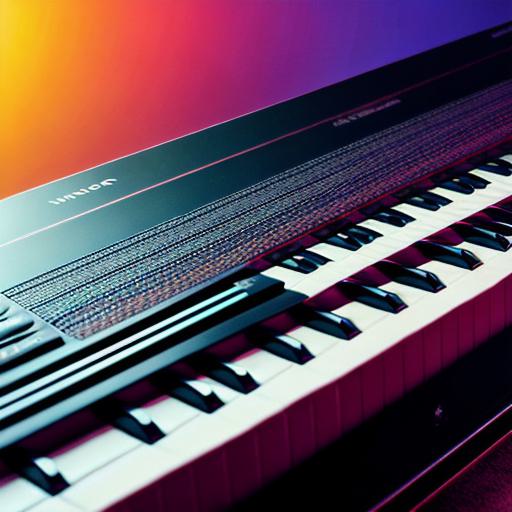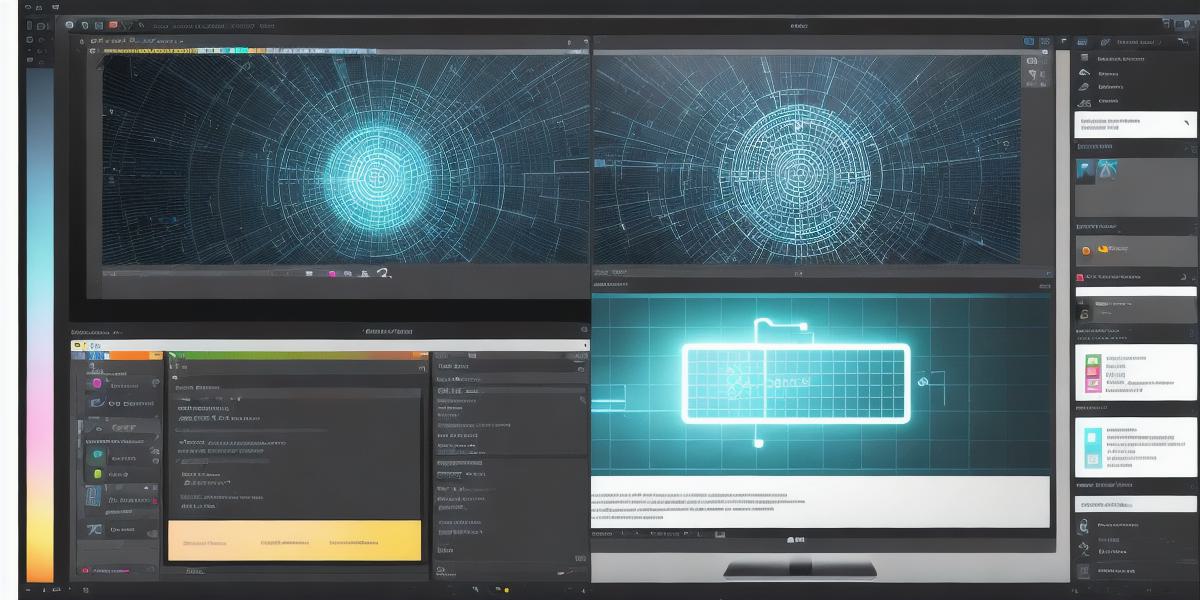Introduction
The world of game design has evolved rapidly in recent years, with artificial intelligence (AI) playing a significant role in shaping the future of this industry. AI technologies can help game designers create more realistic characters, immersive environments, and engaging storylines, among other things. In addition, AI tools can also automate certain tasks, freeing up time for game designers to focus on their creative ideas.
In this article, we will explore some of the best AI tools for game design, including their features, benefits, and use cases. We will also discuss how these tools can help you enhance your creativity and efficiency in game design. By the end of this article, you will have a better understanding of the role AI plays in game design, and you will be equipped with the knowledge to choose the right AI tool for your needs.
-
Unity ML-AGENT
Unity ML-AGENT
is a popular AI tool that enables game designers to create intelligent characters and non-player characters (NPCs) for their games. This tool uses machine learning algorithms to train NPCs to make decisions based on their surroundings, goals, and motivations.
Unity ML-AGENT
is particularly useful for creating realistic NPCs in open-world games, where players can interact with a wide variety of characters and objects.
One of the key benefits of
Unity ML-AGENT
is its ability to adapt to changing circumstances. For example, if a player approaches an NPC that was initially programmed to be hostile, the AI tool can adjust the NPC’s behavior to make it less aggressive. This level of flexibility and adaptability makes
Unity ML-AGENT
a valuable tool for game designers looking to create more dynamic and engaging characters.
2.
Amper Music
Amper Music
is an AI-powered music composition tool that can help game designers create custom soundtracks for their games without any musical knowledge. The tool uses machine learning algorithms to analyze the mood, tempo, and tone of a given piece of music and then generates a new composition based on those parameters. Game designers can also input specific emotions or themes into the tool, such as “sad” or “triumphant,” to generate music that perfectly suits their game’s narrative.
Amper Music
is particularly useful for independent game developers who may not have the resources to hire a professional composer. The tool can save time and money while still producing high-quality, original music that enhances the overall experience of the game.
3.
DeepDream
DeepDream
is an AI tool that uses neural networks to transform images into something entirely new and surreal. This tool has gained popularity among artists and game designers looking to create unique and imaginative visuals for their games.
With
DeepDream
, game designers can take existing assets, such as character models or environments, and apply a series of filters and manipulations to create entirely new and otherworldly images. For example, a game designer could use
DeepDream
to transform a character’s face into something more fantastical or even disturbing, depending on the desired effect.
4.
Landscape AI
Landscape AI
is an AI tool that uses natural language processing (NLP) and computer vision algorithms to generate realistic landscapes for games. The tool can analyze images of real-world landscapes and then use this data to create new environments in a game engine like Unity or Unreal Engine.
One of the key benefits of
Landscape AI
is its ability to create diverse and varied landscapes quickly and efficiently. Game designers can save time and resources by using this tool to generate complex and detailed environments without having to manually model every tree, rock, and stream. In addition,
Landscape AI
can also be used to create procedural generation, which allows game designers to create endless variations of a given landscape.
5.
Procedural Texture Synthesis
Procedural texture synthesis is an AI tool that generates textures for game assets, such as characters and environments, based on a set of parameters. This tool can save time and resources by automating the process of creating textures, which can be a time-consuming and tedious task.

One of the key benefits of procedural texture synthesis is its ability to generate textures that are highly detailed and realistic. The tool uses machine learning algorithms to analyze existing textures and then generate new ones based on specific parameters, such as the type of surface or lighting conditions. This level of detail and realism can help game designers create more immersive and believable worlds for their games.
6.
AI-Powered Prototyping
AI-powered prototyping is a tool that uses machine learning algorithms to generate interactive prototypes for games quickly and efficiently. This tool can be used to create basic game mechanics, such as character movement or combat systems, without any coding or programming knowledge.
One of the key benefits of AI-powered prototyping is its ability to accelerate the development process. Game designers can quickly test out different ideas and concepts using this tool, which can help them identify potential problems early in the development process. In addition, AI-powered prototyping can also be used to create more complex and dynamic gameplay mechanics that would be difficult or impossible to create manually.
Case Studies and Personal Experiences
One of the best ways to understand how these AI tools can help you enhance your creativity and efficiency in game design is by looking at real-world examples. Here are a few case studies and personal experiences that demonstrate the potential of these tools:
Unity ML-AGENT
One example of
Unity ML-AGENT
in action is the game "Bioshock Infinite." The developers used this tool to create intelligent NPCs for the game, including a group of "Sisters" who were tasked with hunting down protagonist DeWitt. These NPCs were programmed to adapt their behavior based on player actions and decisions, which helped make the game’s world feel more alive and dynamic.
Amper Music
Another example of
Amper Music
in action is the game "Jurassic World: The Game." The developers used this tool to create custom music for the game, which helped set the tone and atmosphere of each level. In addition,
Amper Music
was also used to create unique sound effects for different types of dinosaurs, which helped make the game’s world feel more immersive and believable.

DeepDream
One example of
DeepDream
in action is the game "Oxygen Not Included." The developers used this tool to create surreal and imaginative visuals for the game, including strange and otherworldly environments and creatures. This helped make the game’s world feel more unique and memorable, which helped attract a dedicated fanbase.
Landscape AI
One example of
Landscape AI
in action is the game "The Long Dark." The developers used this tool to create highly detailed and varied landscapes for the game, including dense forests, snow-covered mountains, and eerie ruins. This helped make the game’s world feel more immersive and believable, which helped attract a dedicated fanbase.
Procedural Texture Synthesis
One example of procedural texture synthesis in action is the game "Terraria." The developers used this tool to create highly detailed and realistic textures for the game’s blocks and other assets, which helped make the game’s world feel more immersive and believable. In addition, procedural texture synthesis was also used to create unique and varied biomes for the game, which helped attract a dedicated fanbase.
AI-Powered Prototyping
One example of AI-powered prototyping in action is the game "Spelunky." The developers used this tool to quickly test out different game mechanics and ideas, which helped them identify potential problems early in the development process. In addition, AI-powered prototyping was also used to create more complex and dynamic gameplay mechanics for later versions of the game, which helped attract a dedicated fanbase.
Summary
In conclusion, these AI tools can help you enhance your creativity and efficiency in game design by automating repetitive tasks, generating realistic textures and landscapes, and creating unique and memorable worlds for your games. By using these tools, you can save time and resources while still creating highly immersive and engaging games that players will love.



